-
Moving Molly by Shirley Hughes Analysis
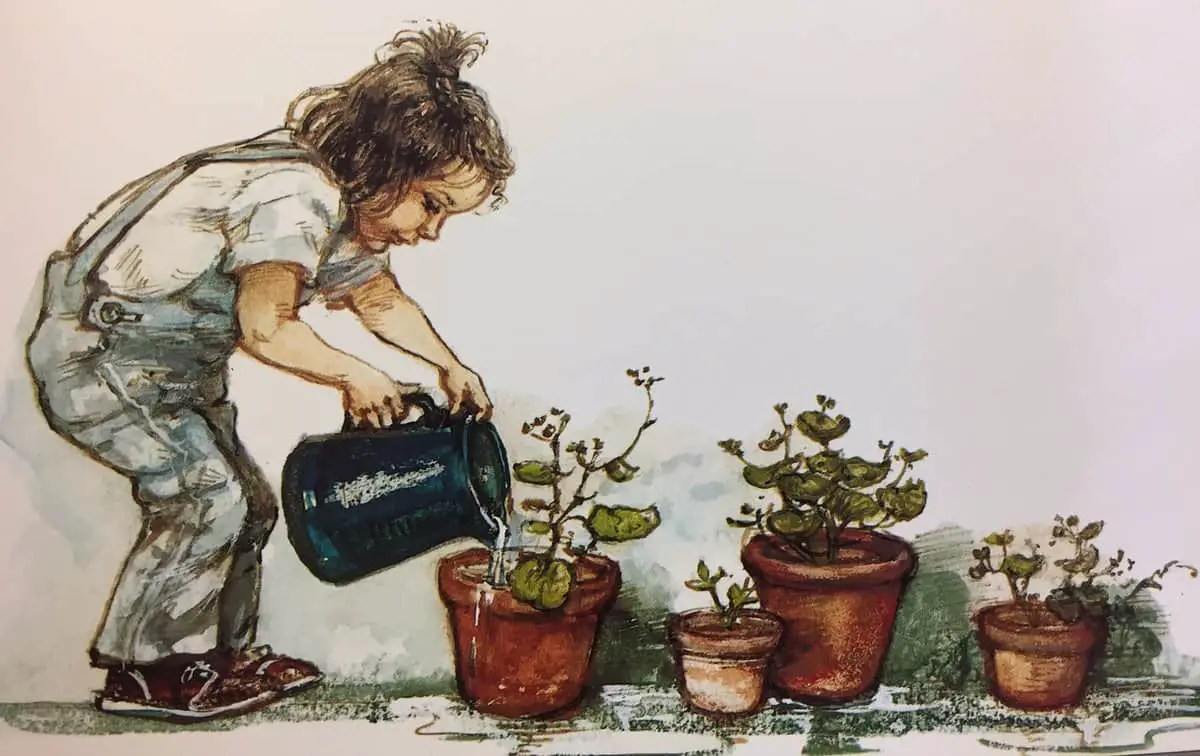
Moving Molly may sound like a drug dealer’s handbook but is also a children’s picture book written and illustrated by Shirley Hughes (1981). Shirley Hughes is one of the big name picture book storytellers from my childhood. Another favourite is Dogger. I’ve also analysed Up and Up on this blog. I know that Shirley Hughes’s […]
-
The Doll House Picture Book by Karas and Riches Analysis
The Doll House is a 1993 picture book written by Jacqueline Karas and illustrated by Judith Riches. Yesterday I took a close look at a short horror story by M.R. James called “The Haunted Dolls’ House” so today I thought I’d take a closer look at how picture book storytellers deal with the trope of […]
-
Mercy Watson To The Rescue by DiCamillo and Van Dusen
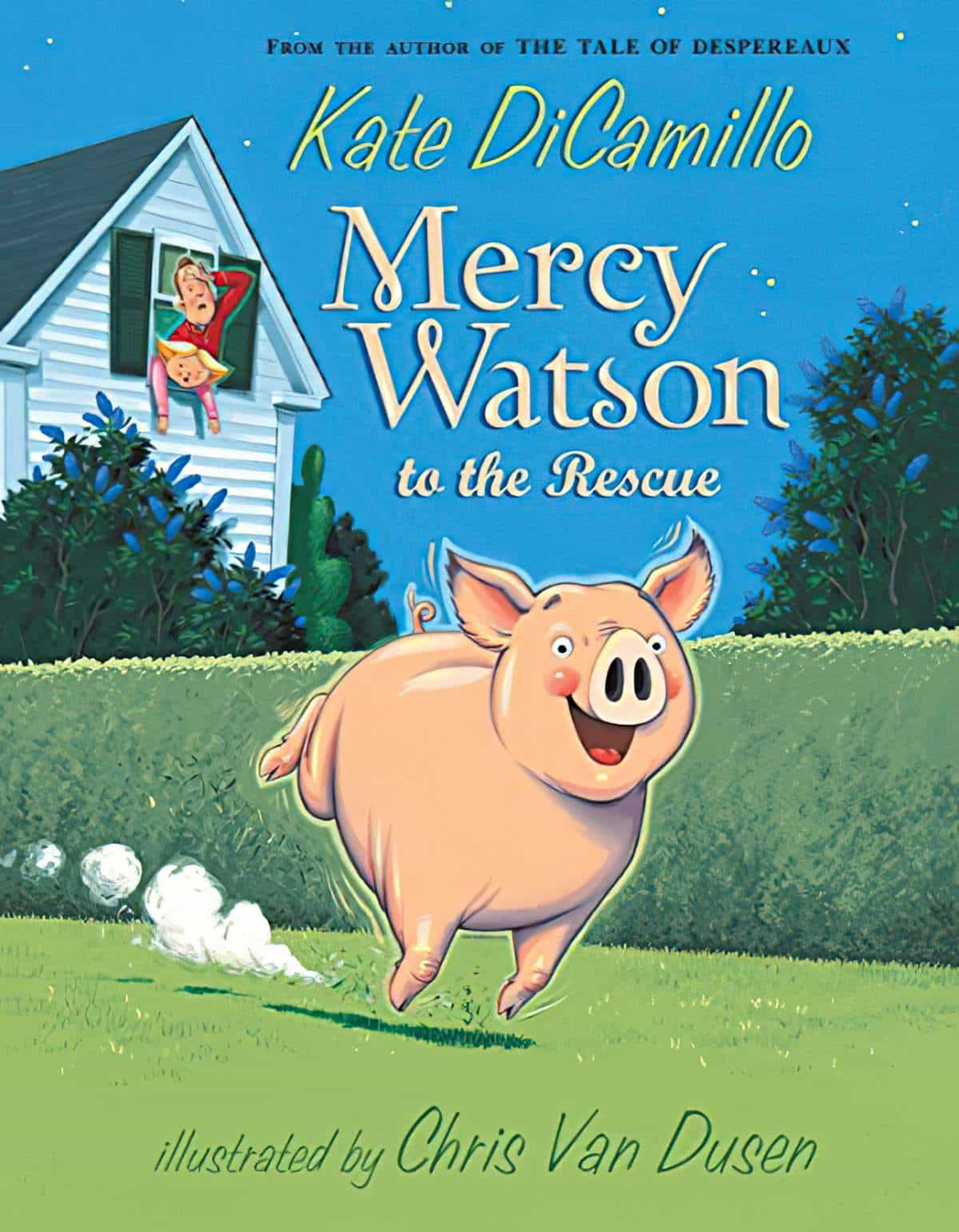
Mercy Watson To The Rescue (2005) is a picture book divided into chapters for the emergent reader, written by Kate DiCamillo, illustrated by Chris Van Dusen.
-
Mister Magnolia by Quentin Blake Analysis
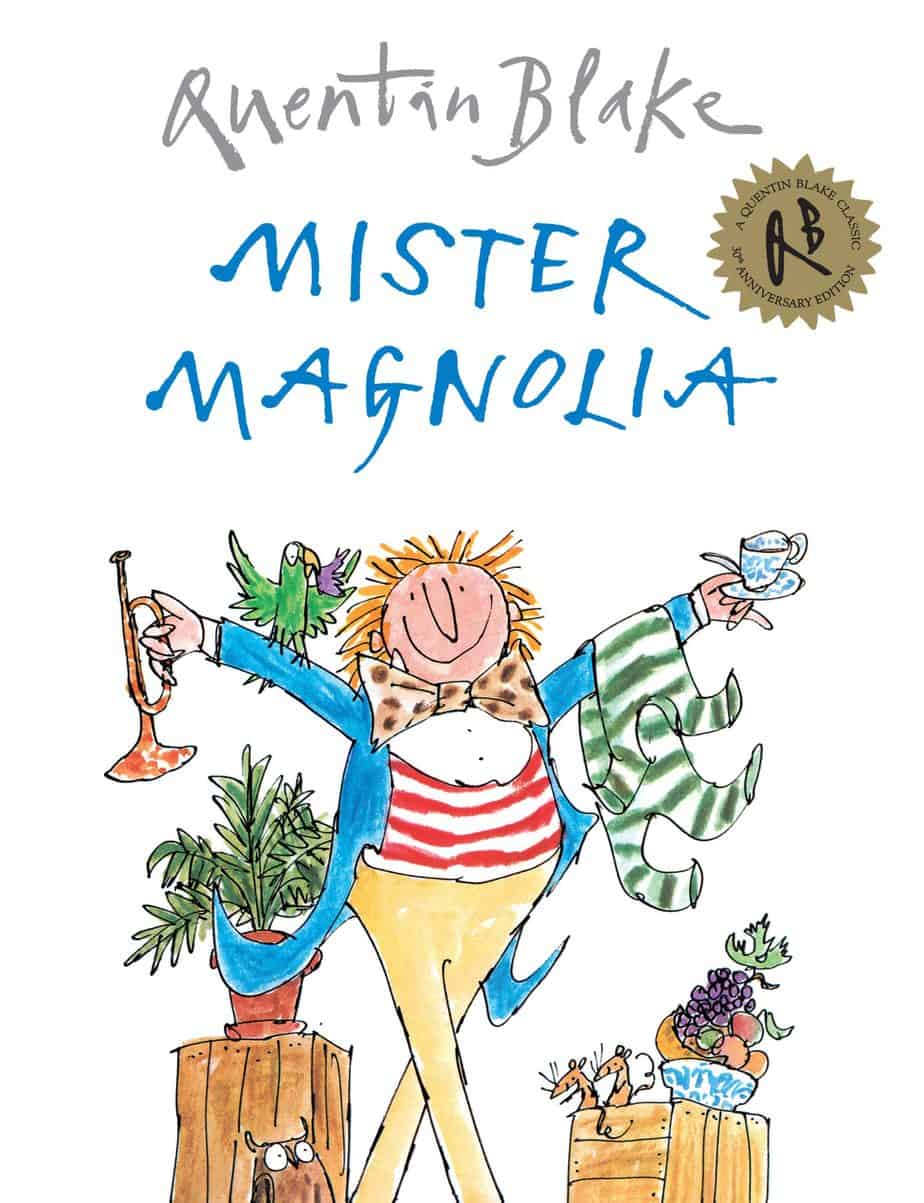
Mister Magnolia is a picture book written and illustrated by Sir Quentin Blake. It won the Kate Greenaway Medal in 1980, and the Red House Children’s Book Award in 1981. This story is an excellent lesson in simplicity.
-
The Little House by Virginia Lee Burton Analysis
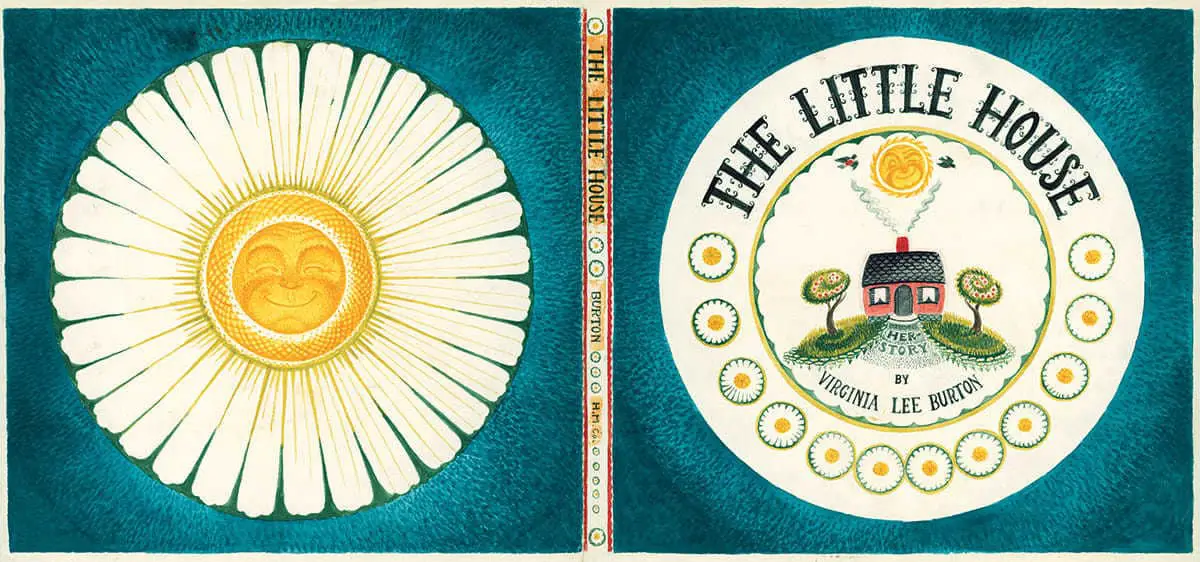
Some stories have a linear shape. Others are circular, and emphasise the seasons. If we’re talking about circular, seasonal books for children, The Little House by Virginia Lee Burton (1942) is the standout example. Circular plot shapes tend to have a feminine feel and star female characters (but not always). “The shape of a story” […]
-
Cry Heart, But Never Break by Glenn Ringtved and Charlotte Pardi Analysis
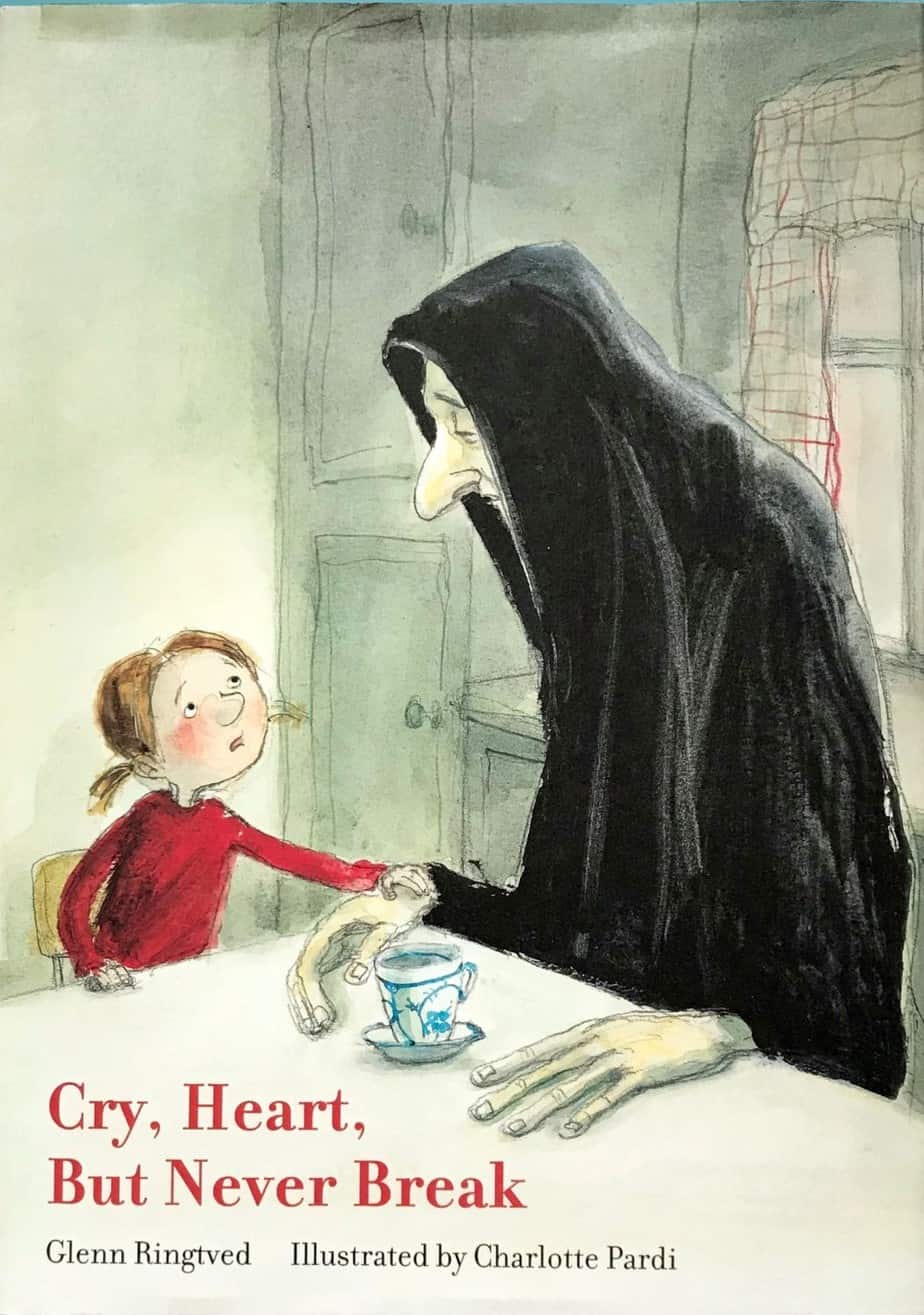
Cry Heart, But Never Break is a picture book to help children process their grief. The book was first published in Denmark in 2001, then translated into English by Robert Moulthrop five years later. The story is beautifully illustrated by Danish artist Charlotte Pardi. I recommend this book for children of all ages dealing with […]
-
Edwardo The Horriblest Boy In The Whole Wide World by John Burningham and Fabulously Naughty Children
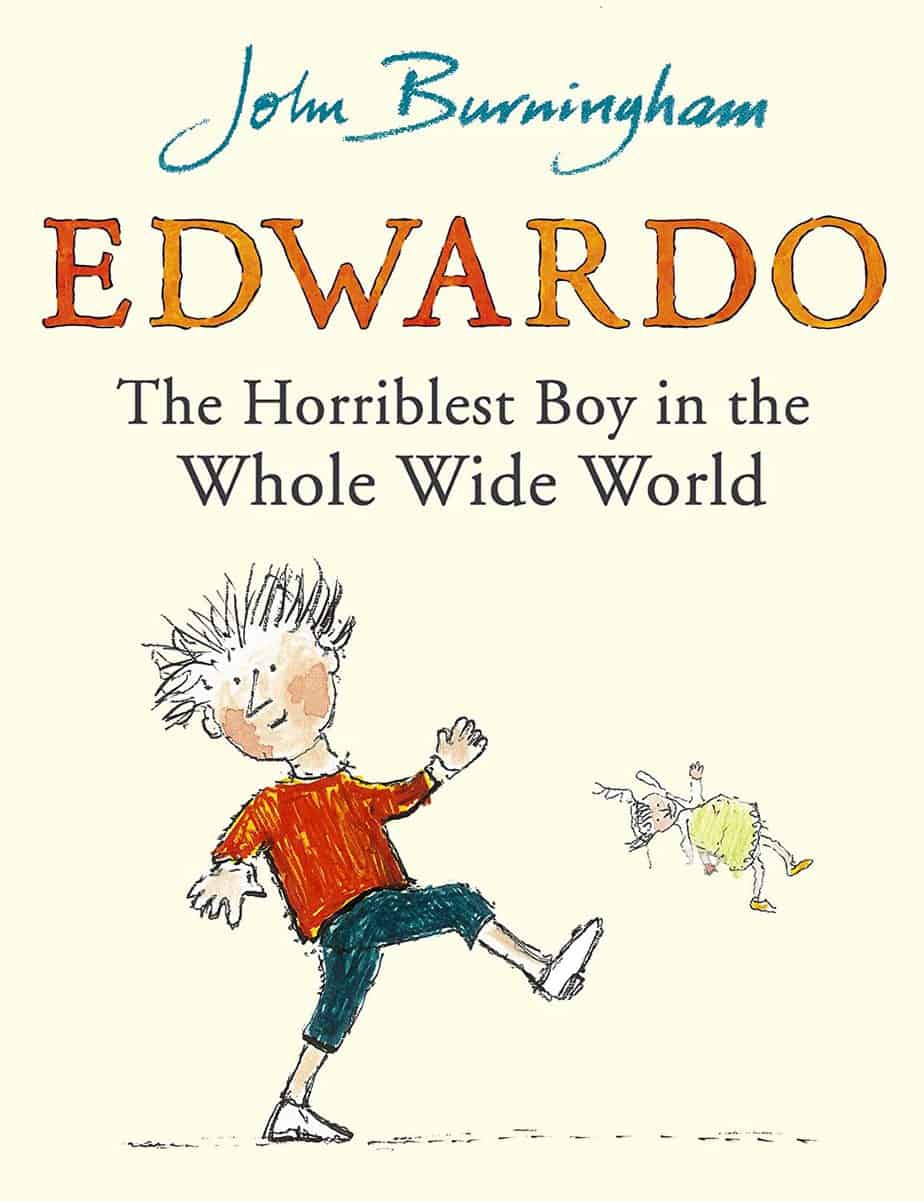
Edwardo, The Horriblest Boy In The Whole Wide World, written and illustrated by John Burningham (2006), is an excellent example of this modern ideology of ‘good’ vs ‘bad’ children, specifically how there is no such thing as good vs bad, but we’re all a little yin yang and can go either way depending on how […]
-
Cannonball Simp by John Burningham Analysis
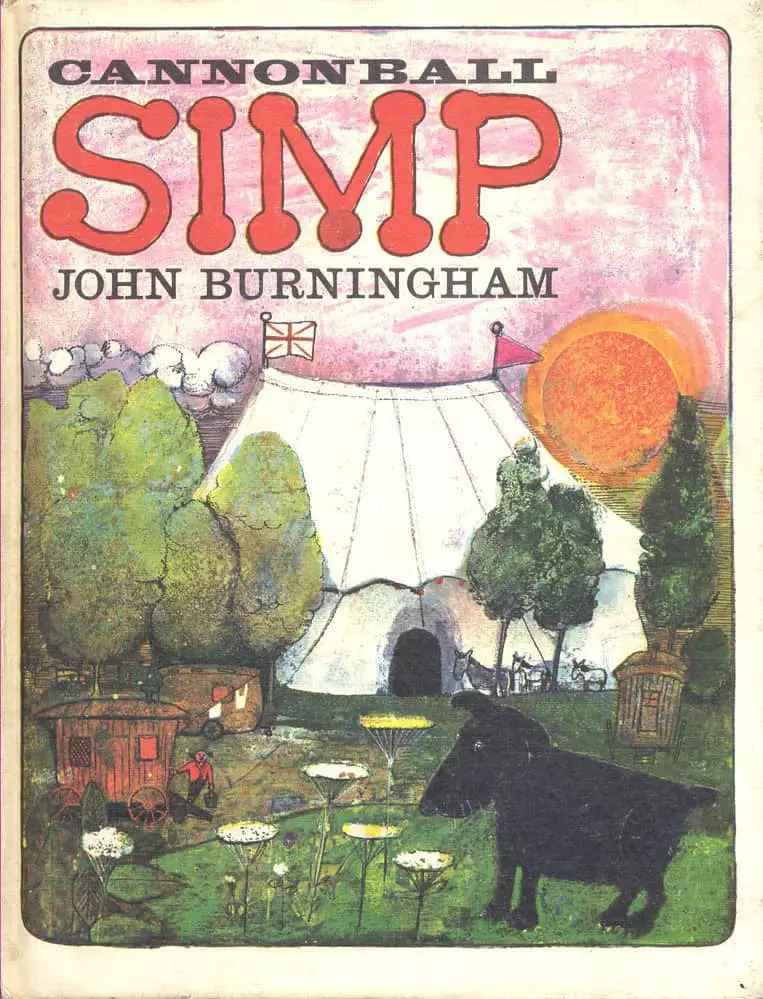
Cannonball Simp is a picture book written and illustrated by John Burningham, first published 1966. This is a story from an earlier Golden Age of children’s literature, one in which ending up in a circus is a good outcome, and also, well, words sometimes change. It’s shame that the 2020 meaning of the word ‘simp’ […]
-
Pettson and Findus Pancake Pie by Sven Nordqvist
Pancake Pie (1984) is a Swedish picture book written and illustrated by Sven Nordqvist, and is the first in the Pettson and Findus series starring a man and his cat who live together on a rustic farm, along with many little creatures who make the setting seem alive.
-
Rupert Can Dance by Jules Feiffer Picture Book Analysis
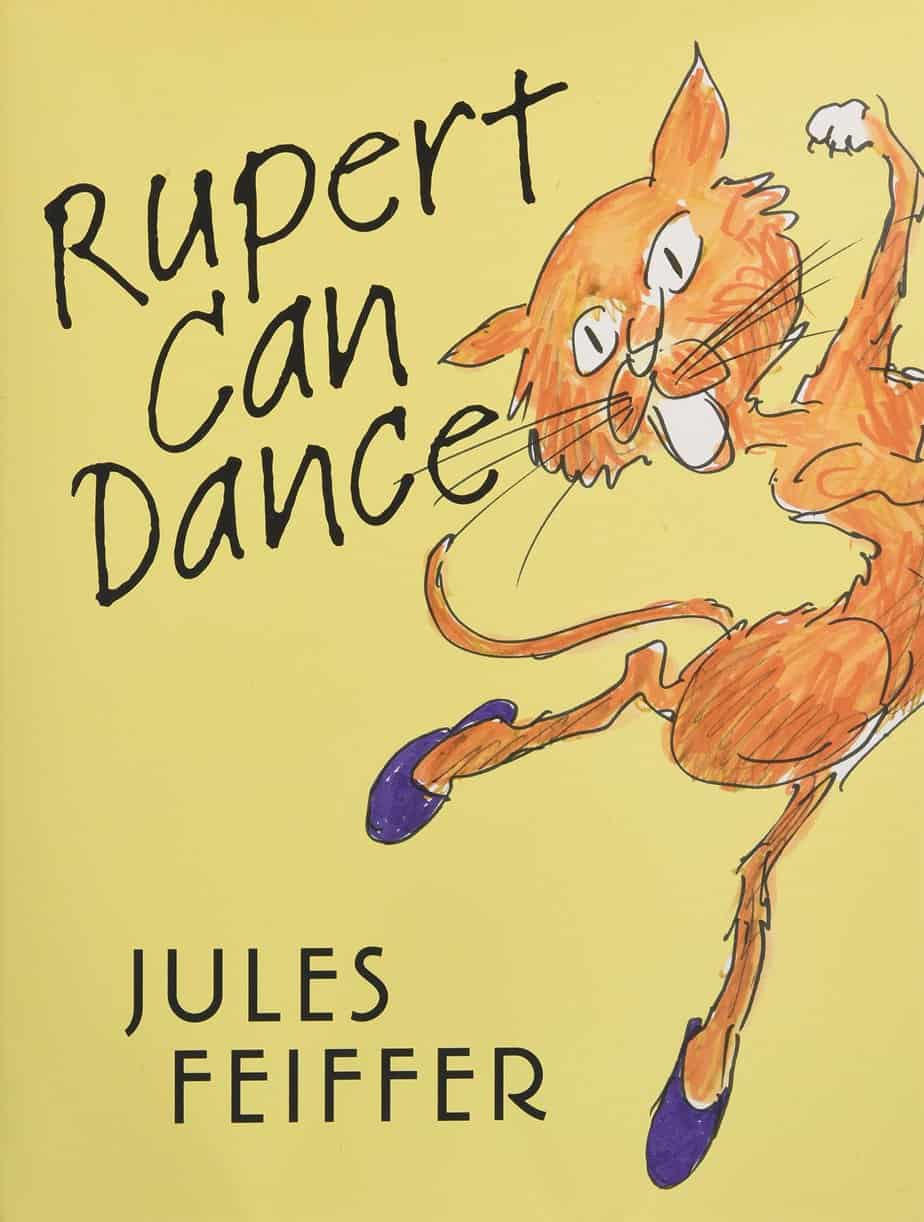
Rupert Can Dance is a 2014 picture book written and illustrated by Jules Feiffer, who loosely makes use of a T.S. Eliot cat archetype in his depiction of alovably combatative relationship between a secretive mystery cat and a girl.
-
Wait Till The Moon Is Full by Wise Brown and Williams Analysis
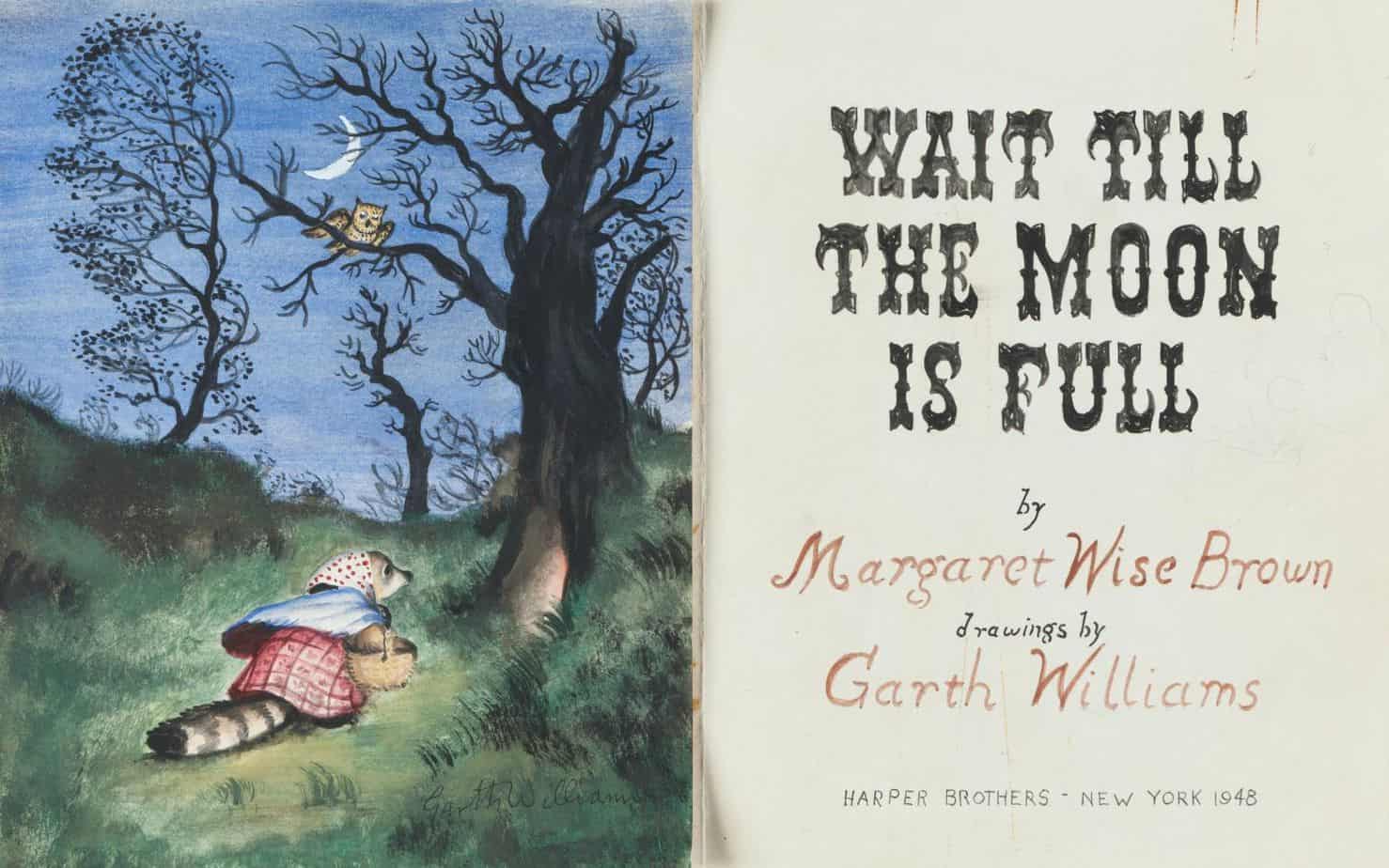
Wait Till the Moon Is Full is a 1948 picture book written by Margaret Wise Brown with pictures by Garth Williams. The story has carnivalesque elements, a gentle utopian storyline and a well-drawn mother figure, who is safe and warm but who also joins her son in his imaginative play.
-
The Crows of Pearblossom by Huxley and Cooney Analysis
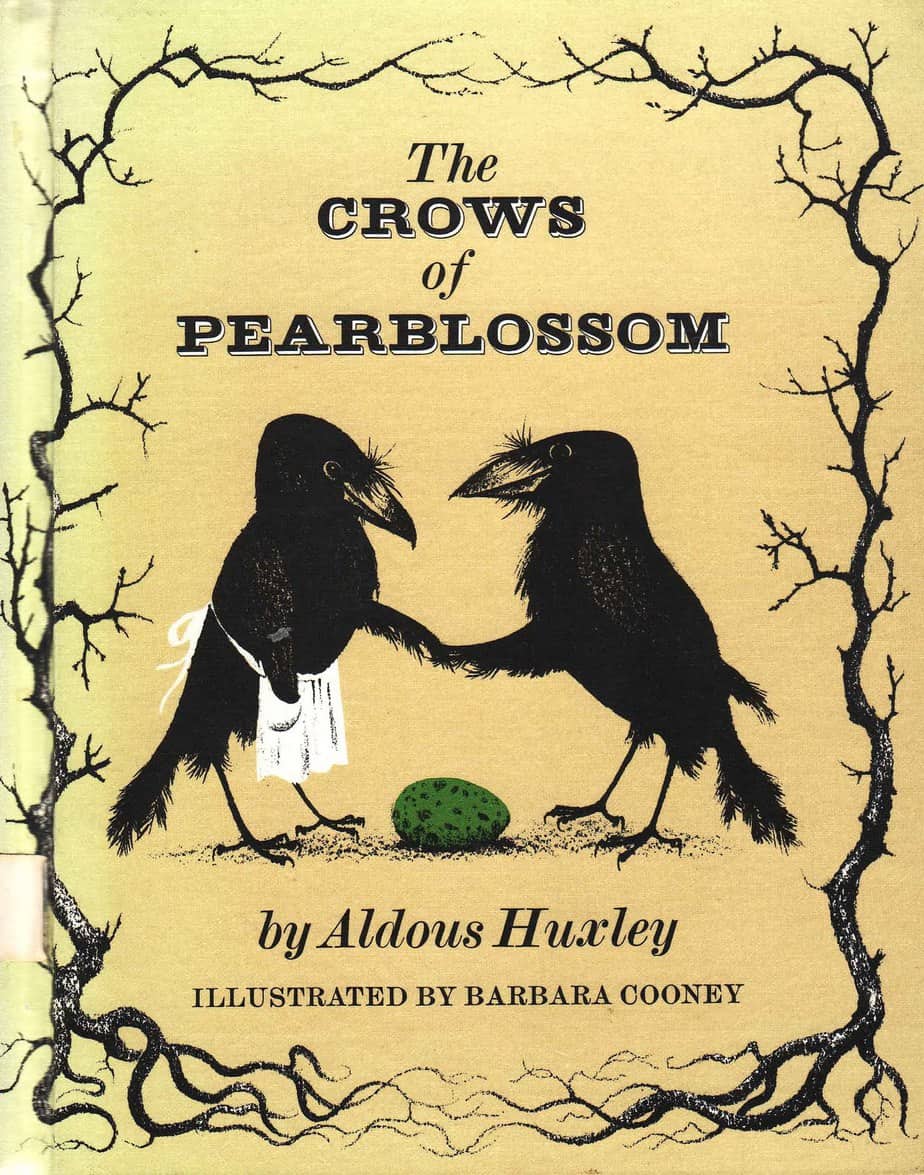
The Crows of Pearblossom by Aldous Huxley illustrated by Barbara Cooney (1917-2000) published in 1967
-
Harvey Slumfenberger’s Christmas Present by John Burningham Analysis
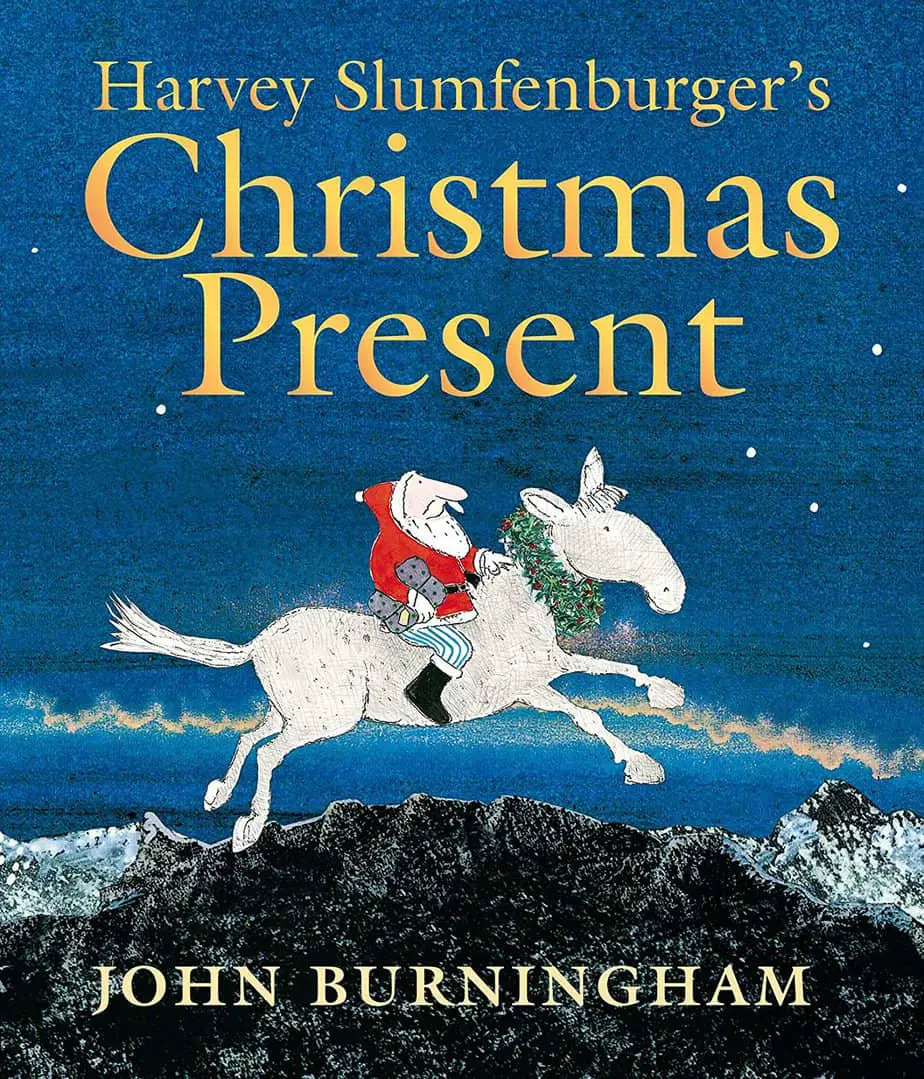
Harvey Slumfenburger’s Christmas Present (1993) is a picture book written and illustrated by British storyteller John Burningham. The pacing in this story is a little different to most picture books seen in bookstores today.
-
Fly Homer Fly by Bill Peet Analysis
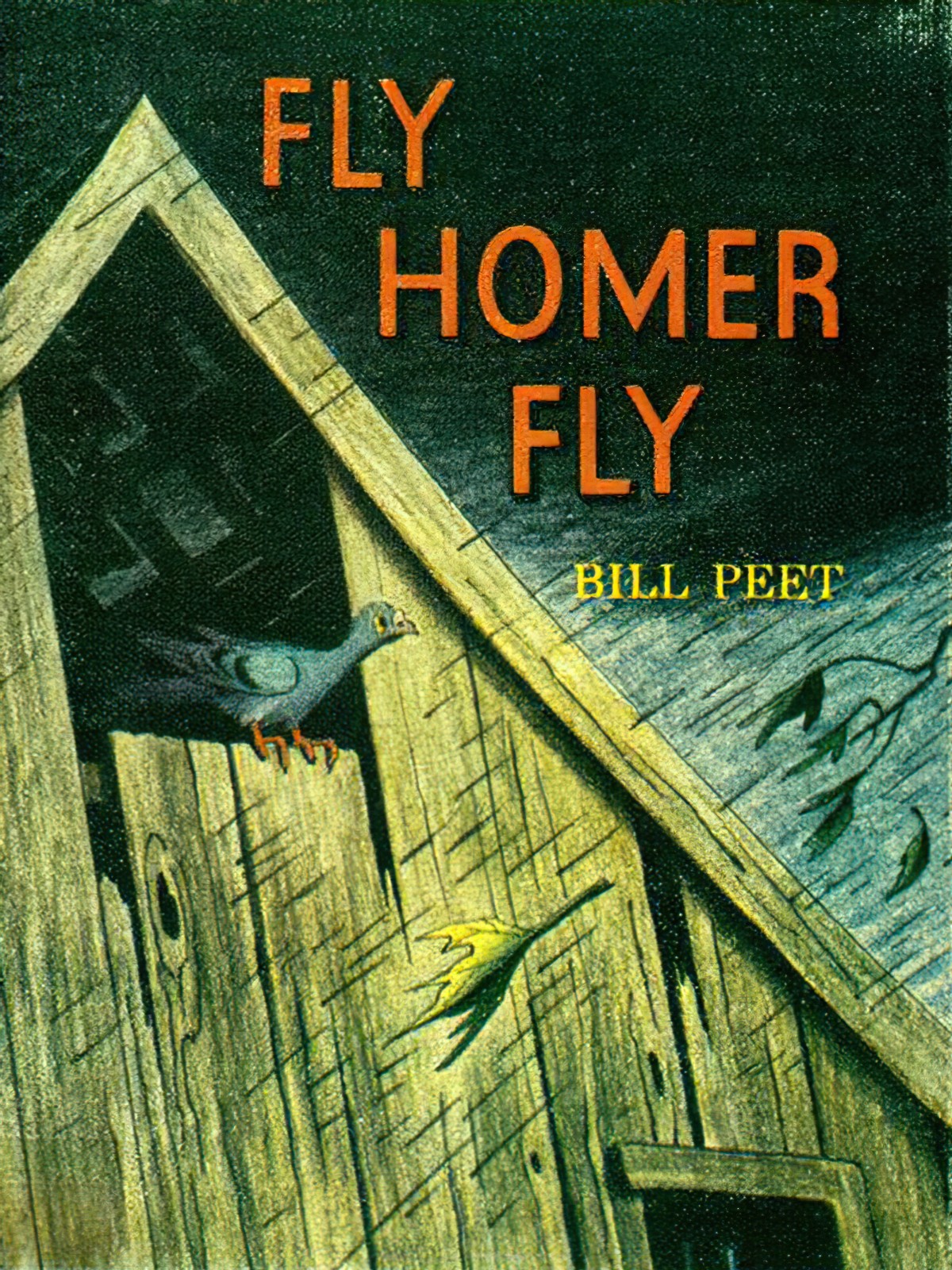
Fly Homer Fly is a 1969 picture book of 64 pages written and illustrated by Bill Peet who died in 2002 after a long career in children’s storytelling.
-
Higglety Piggelty Pop! or There Must Be More To Life Analysis
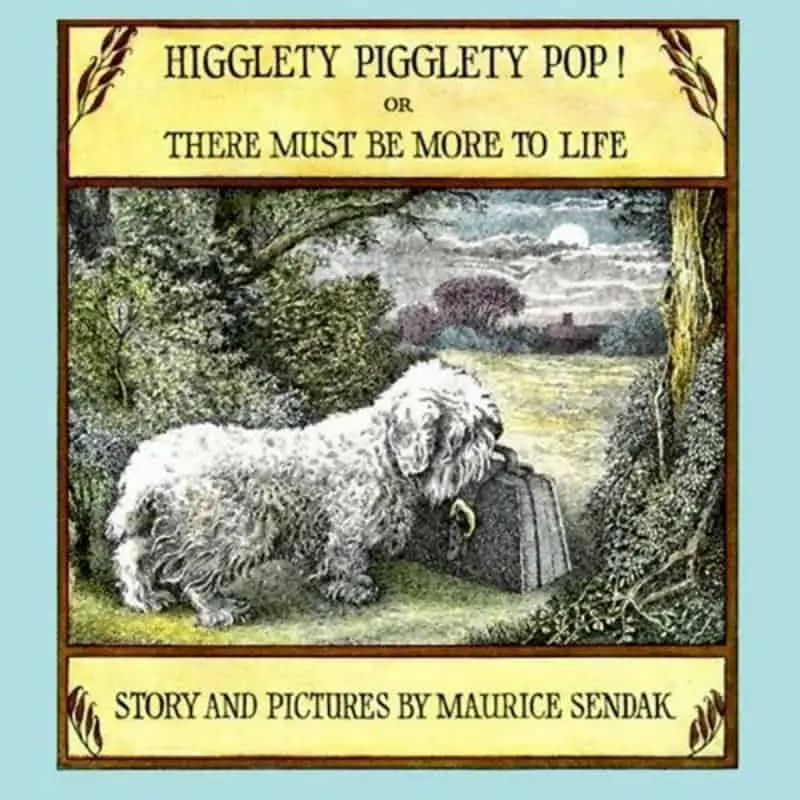
Higglety Pigglety Pop! or There Must Be More To Life is an illustrated short story, though some might just call it a picture book. The language is too sophisticated to count as an early reader, unlike the Mercy Watson series, of a similar length and also divided into chapters. Why divide such a short story […]